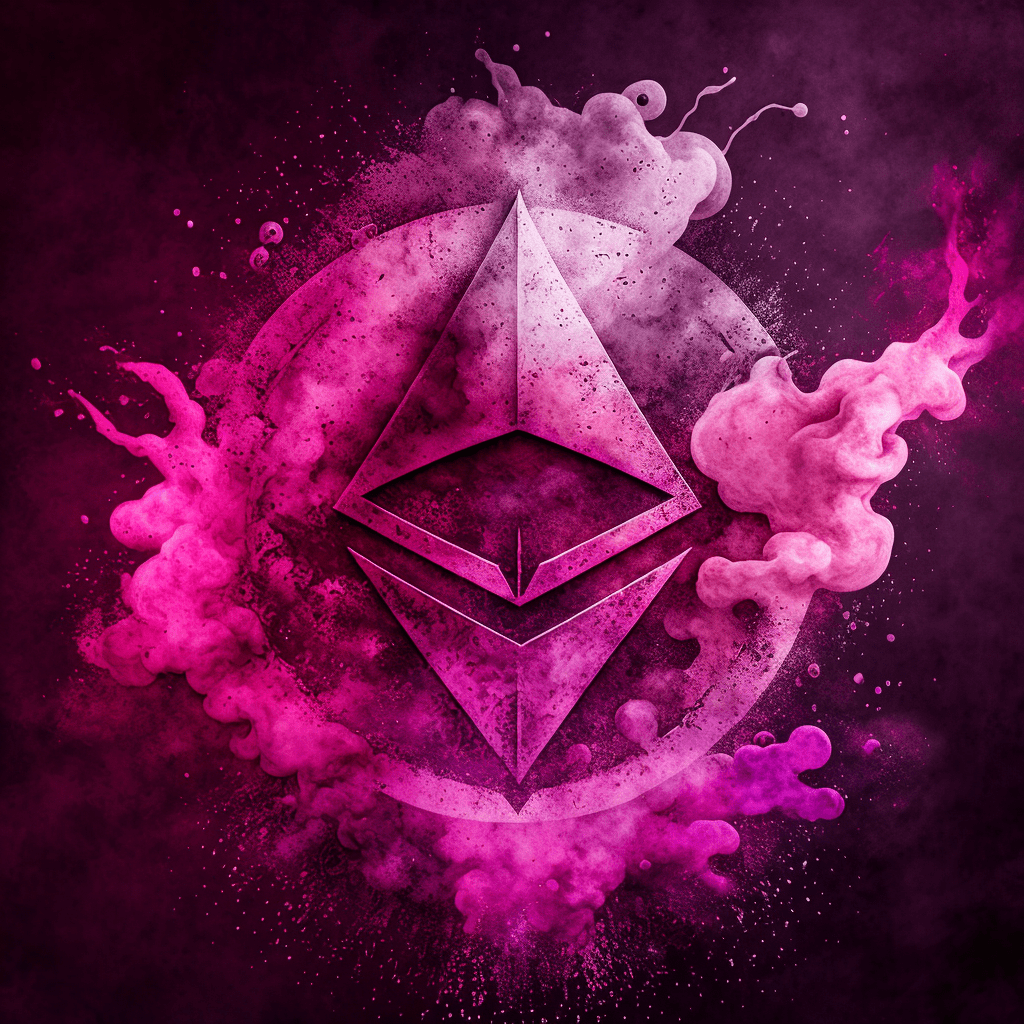When it comes to the exciting world of non-fungible tokens (NFTs), many aspiring creators find themselves wondering, “how much does it cost to mint an NFT?” It’s a question that’s fundamental to understanding the economic aspect of the NFT space and helps in mapping out a budget for those who wish to delve into this digital realm. In this article, we’re going to demystify the costs involved in minting an NFT, exploring the various pricing structures across different platforms and blockchain networks.

Understanding Minting and Gas Fees
Before we delve into the actual numbers, it’s important to understand what “minting” means in the context of NFTs. To put it simply, minting is the process of transforming a digital asset into an NFT on the blockchain. It’s essentially a certification process that assigns ownership and verifies authenticity, making your digital asset tradeable on the blockchain as a unique entity.
One of the main costs associated with minting an NFT is the ‘gas fee.’ In the realm of Ethereum and other similar blockchains, the term ‘gas’ refers to the cost necessary to perform a transaction or execute a smart contract. When you mint an NFT, you’re essentially paying for the computational energy required to process the transaction on the network.
Gas Fees: How Are They Calculated?
Gas fees are not static; they fluctuate based on the congestion of the network. Think of it like a busy highway; the more cars (or transactions) there are, the more congested it is, and hence the higher the fee. This fee is usually paid in the native currency of the blockchain you’re using, such as Ethereum (ETH) for the Ethereum network.
The gas fee is calculated by multiplying the gas price (measured in Gwei, or one billionth of an ETH) by the gas limit (the maximum amount of gas you’re willing to use for the transaction). To make matters slightly more complex, different actions have different gas limits based on the computational power required.
The Cost of Minting an NFT on Different Platforms
The cost of minting an NFT can vary greatly depending on which platform you choose to use. Each platform has its own pricing structure and they often operate on different blockchains, which can have a significant impact on costs. Here are some popular platforms and their associated costs:
Minting on Ethereum-Based Platforms

Platforms such as OpenSea, Rarible, and Mintable are among the most popular for minting NFTs, largely because they operate on the Ethereum network, which boasts a high level of security and widespread acceptance.
OpenSea is known for its user-friendly interface and diverse marketplace. It offers a ‘lazy minting’ or ‘gasless minting’ option, which essentially means you can create an NFT for free. However, when you make a sale, you will need to pay a one-time gas fee to initialize your account.
Rarible also allows creators to mint NFTs, but it does not offer a gasless option. Therefore, minting an NFT on Rarible will require you to pay the gas fee upfront.
On Mintable, you can choose to mint a ‘gasless’ NFT or a ‘gas’ NFT. Gasless NFTs are free to mint, but they attract higher fees when sold. ‘Gas’ NFTs require an upfront gas fee but have lower transaction fees when sold.
Keep in mind that while Ethereum-based platforms are popular, the Ethereum network often has high gas fees due to its heavy usage. Depending on the network congestion at the time you mint, these costs can add up.
Minting on Other Platforms and Networks
Apart from Ethereum, there are other blockchains that have been gaining popularity in the NFT space due to lower gas fees. Let’s take a quick look at some of them.
Mintable on the Binance Smart Chain (BSC) offers a much cheaper alternative for minting NFTs. BSC’s gas fees are significantly lower than Ethereum’s, making it an attractive option for those looking for more cost-effective ways to create NFTs. However, it’s worth noting that BSC is not as widely recognized or used as Ethereum.
Mintbase operates on the NEAR protocol, another platform known for its low transaction costs. As such, minting NFTs on Mintbase is relatively cheaper compared to Ethereum-based platforms. In addition, NEAR protocol offers a unique scaling solution, which makes it an appealing choice for developers and creators alike.
Tezos-based platforms such as Hic et Nunc also provide affordable NFT minting options. Due to Tezos’ Proof of Stake consensus mechanism, the gas fees on this network are substantially lower. As a result, creators can mint NFTs at a fraction of the cost compared to Ethereum-based platforms.
Exploring Layer 2 Solutions
Layer 2 solutions are technologies designed to increase a blockchain’s scalability and efficiency, thereby reducing transaction costs. Ethereum’s high gas fees have led to the rise of several Layer 2 solutions that offer cheaper alternatives for minting NFTs.
Immutable X is one such solution that enables gas-free transactions. It’s an Ethereum Layer 2 scaling solution that maintains the security of the Ethereum network while reducing the costs associated with minting and trading NFTs.
Polygon (formerly Matic) is another Layer 2 scaling solution on Ethereum that has gained popularity in the NFT space. It allows for the creation and transaction of NFTs with minimal fees. Several NFT platforms like OpenSea have integrated with Polygon, enabling creators to mint NFTs without worrying about hefty gas fees.
Wrapping Up

While the costs associated with minting NFTs can vary significantly depending on the platform and network you choose, it’s clear that there are a myriad of options available. By exploring different platforms and understanding their fee structures, you can find a solution that suits your budget and needs. Whether it’s opting for Ethereum-based platforms like OpenSea, venturing into Binance Smart Chain, NEAR, or Tezos, or leveraging Layer 2 solutions like Immutable X and Polygon, the world of NFT creation is open to everyone, regardless of budget.
